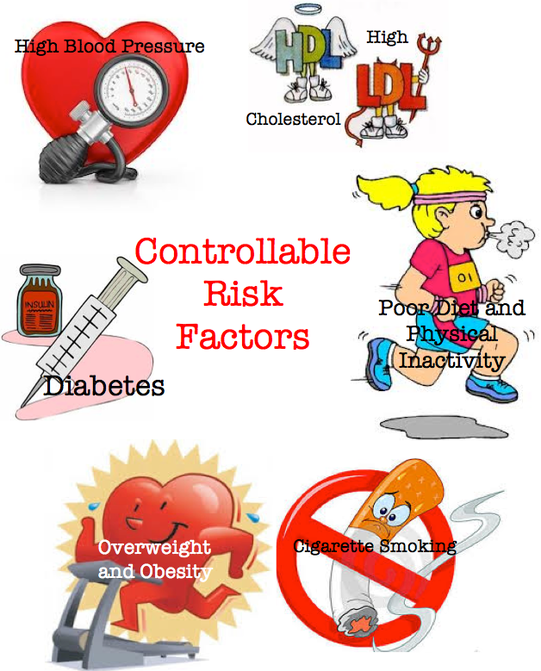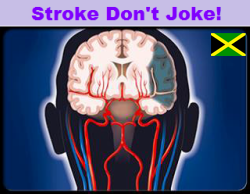Stroke Risk Factors

Anyone can have a Stroke, but your risk for Stroke increases if you have certain risk factors. Risk factors fall into two groups: controllable risk factors and uncontrollable risk factors. The best way to protect you and your family members from Stroke is to understand your personal risk and how to manage it.
Controllable risk factors include:
Uncontrollable risk factors include:
Controllable risk factors include:
- High Blood Pressure: An optimal blood pressure reading for people over age 18 is 120/80 or lower. High blood pressure means the heart is pumping harder to move blood through the body. This can weaken blood vessels and damage major organs, such as the brain. Left untreated, high blood pressure can lead to Stroke.
- Atrial Fibrillation (AF): AF is a type of irregular heartbeat caused when the two upper chambers of the heart (atria) beat rapidly and unpredictably. AF raises Stroke risk because it allows blood to pool in the heart. A person with AF is five times more likely to have a Stroke. Medications or the use of electrical stimulation can often restore the normal, regular rhythm of the heart.
- High Cholesterol: Cholesterol or plaque build-up in the arteries can block normal blood flow to the brain and cause a Stroke. Eating a healthy diet, losing weight, exercise and medication can help control cholesterol.
- Diabetes: Many people with diabetes have health problems, such as high blood pressure or atrial fibrillation, which increase the risk for Stroke. Managing diabetes — either through closely monitoring blood sugar and daily shots of insulin for Type 1 diabetes or weight loss, exercise and changing eating habits for Type II — can reduce the risk of Stroke.
- Alcohol Use: There is conflicting research about alcohol use and its effects on Stroke risk, so talk to your doctor before consuming alcoholic drinks on a regular basis.
- Smoking: Smoking doubles the risk for Stroke when compared to a nonsmoker. Smoking reduces the amount of oxygen in the blood, causing the heart to work harder and allowing blood clots to form more easily. It also increases the amount of build-up in the arteries, which may block the flow of blood to the brain, causing a Stroke.
- Physical Inactivity: Physical activity can reduce Stroke risk. Research has shown that people who exercise five or more times per week have a reduced Stroke risk.
- Obesity: Obesity and excessive weight put a strain on the entire circulatory system and make people more likely to have high cholesterol, high blood pressure and diabetes — all of which can increase risk for Stroke. Maintaining a healthy weight through diet, physical activity and other medical treatments with the help of a doctor is important for Stroke prevention.
Uncontrollable risk factors include:
- Age: After age 55, your Stroke risk doubles every decade you are alive.
- Gender: Women suffer more Strokes each year and more disability after Stroke than men. More women also die each year from Stroke than men.
- Race: Black people have twice the risk of Stroke when compared to Caucasians. Hispanic and Asian/Pacific Islanders also have higher risk than Caucasians.
- Family History: If a family member has had a Stroke, you are more likely to have a Stroke.
- Previous Stroke or transient ischemic attack (TIA): About 5 to 14 percent of the people who have a Stroke this year will have a second one. Within the next 5 years, Stroke will recur in 24 percent of women and 42 percent of men.
- Fibromuscular Dysplasia (FMD): FMD is a medical disorder where some of the arteries that carry blood throughout the body do not develop as they should. Fibrous tissue grows in the wall of the arteries, causing them to narrow. As a result, blood flow through the arteries decreases.
- Patent Foramen Ovale (PFO or Hole in the Heart): Strokes and TIAs can occur without any obvious risk factors because they are caused by a "hole" in the heart called a patent foramen ovale (PFO). About 1 in 5 Americans has a PFO.








